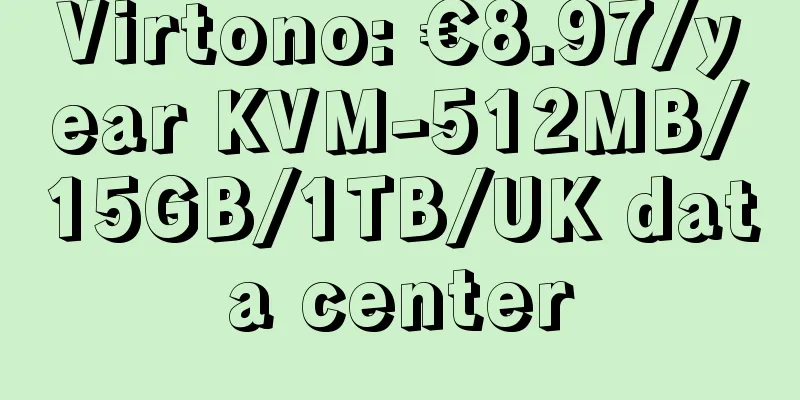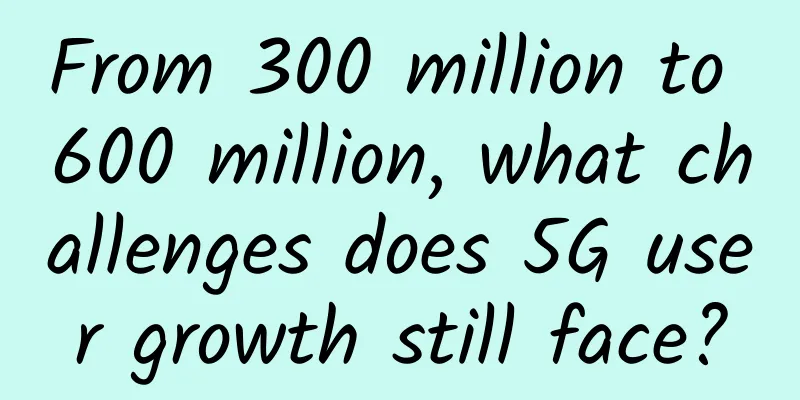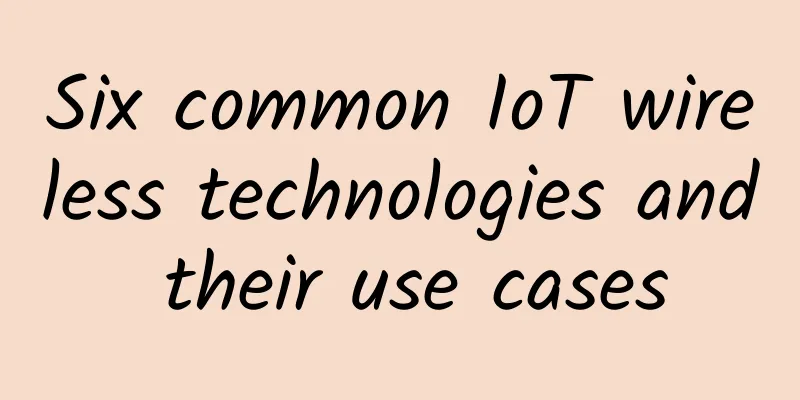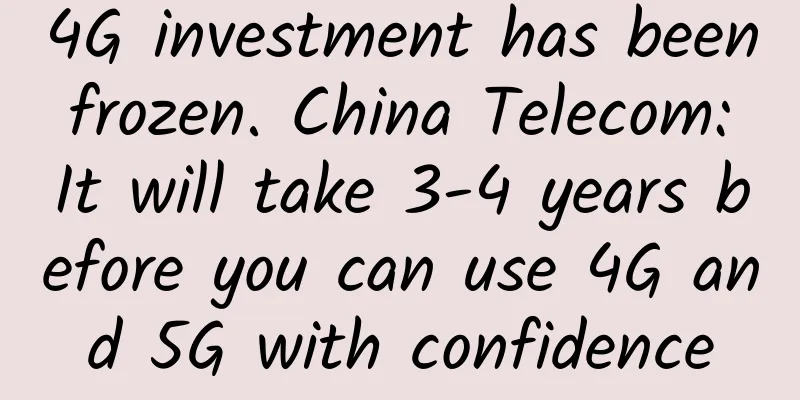The four major equipment manufacturers compete for 5G. Who will have the last laugh?
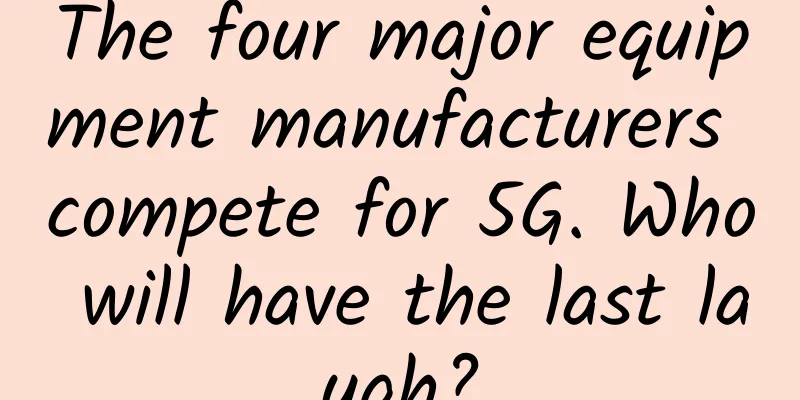
|
In 2019, the dispute over 5G never stopped. Whether it is equipment manufacturers, terminal manufacturers, operators or other related manufacturers, when it comes to 5G, all major manufacturers can't wait to announce their achievements to show their strength. Especially for equipment manufacturers who have been hungry for a long time, the first year of 5G commercialization is even more crucial, and everyone has used all kinds of skills to compete for 5G commercial contracts. In this year of competition, how have the various equipment manufacturers performed? We have made some statistics on this. So far, from the information we can get, Huawei has signed 65 5G commercial contracts with the world's leading operators in October 2019, ZTE has obtained 35 5G commercial contracts in November 2019, Ericsson has signed 78 5G commercial agreements and contracts worldwide as of December 2019, and Nokia recently announced that it has signed 63 5G commercial contracts worldwide. It is not difficult to see from the current order data that Ericsson currently has the largest number of orders, ranking first. Huawei won the second place under the "Entity List" and "sanctions". Nokia followed closely behind Huawei and ranked third. ZTE also gradually got on track under the previous crisis and achieved fourth place. Of course, this result does not represent much. The competition for 5G contracts will continue, and the one who laughs last will be the winner. The top four teams showed their talents In the global equipment vendors' battle for 5G, the top four have already emerged. Among them, the competition between European vendors and Chinese companies is the most intense and more interesting. Judging from the current four leading vendors, each is doing everything it can to strive to take the lead in 5G. Let's start with Ericsson. In terms of 5G technology development and standard research, Ericsson is one of the early starters. In terms of system products, Ericsson's radio system hardware has been 5G-ready since 2015, and 5G New Radio (NR) can be enabled through remote software installation. At MWC 2019 held in February 2019, Ericsson President and CEO Börje Ekholm made it clear that Ericsson will help launch 5G worldwide in 2019. At present, in the overseas 5G market, many global operators such as Qatari telecom operator Ooredoo, Saudi Telecom Company STC, Russian operator Tele2, Spanish Telecom, Danish telecom operator TDC, Swisscom, Korea Telecom, Vodafone, and Italy's TIM have chosen to cooperate with Ericsson. At the same time, Ericsson has also achieved continuous results in the Chinese market. From 1G to 4G, Ericsson has been actively involved in the construction of mobile networks for domestic operators. Entering the 5G era, Ericsson has also maintained comprehensive and in-depth cooperation with China's three major operators. As of December 2019, Ericsson has signed 78 5G commercial agreements and contracts worldwide, and has provided equipment for 24 officially operational 5G commercial networks. As for Huawei, it is no exaggeration to say that in the 5G era, Huawei has achieved global technological leadership, and its 5G industry chain is very complete and covers a wide range. From chips, terminals, to systems, it has formed its own unique end-to-end 5G solutions. Therefore, even under the constraints of the Entity List and sanctions, some European countries or operators still choose to trust Huawei. Information shows that the European countries or regions that have clearly expressed their choice of Huawei 5G equipment are the United Kingdom, France, Germany, Norway, Italy, Monaco, Spain, Switzerland, Ireland, Portugal, the Netherlands, Finland, Greece, Cyprus, Austria, Romania, Hungary, Turkey, Sweden, Russia and Serbia. As of the third quarter of 2019, Huawei's sales revenue reached 610.8 billion yuan, a year-on-year increase of 24.4%, with a profit margin of 8.7%. More than 700 cities, 228 Fortune 500 companies and 58 Fortune 100 companies have chosen Huawei as their partner for digital transformation. According to data released by Huawei, the shipment volume of Huawei's 5G base station modules has increased by 300% since May 2019, from 100,000 in May to 400,000 by the end of October. In September, Huawei also took the lead in delivering the 5G Standalone independent networking mode end-to-end. Despite being blocked by the United States, at the end of September, Huawei stated that it had begun to produce 5G base stations without US components. In addition to 5G base stations, Huawei's terminal products are also on the market, including a variety of 5G mobile phones and 5G CPE. ZTE also has a comprehensive layout in 5G chips, terminals, systems, etc. It is reported that ZTE started 5G research and development as early as 7 years ago and has deep technical accumulation. According to statistics from foreign patent data companies, ZTE has applied for 4,126 5G patents, and ZTE has applied for more than 3,900 chip patents, including more than 1,700 international patents and more than 200 5G patents. After a severe blow, ZTE's 5G market is also recovering, and it has cooperated with a number of operators such as Telefónica, Orange, WindTre, and Austria's Hutchison Drei. At the same time, ZTE's domestic market is also rapidly opening up. In 2020, China's base station demand will be hundreds of thousands, and the global demand will be as high as millions. In addition, ZTE has also continued to make efforts in 5G terminals. According to Bai Yanmin, vice president of ZTE, ZTE will launch a 5G dual-mode mobile phone priced below 3,000 yuan in the first quarter of 2020, and will comprehensively deploy in the price range of 2,000 to 3,000 yuan, launching about 10 5G mobile phones, and a total of at least 15 5G terminals (including mobile phones and other forms of products) on the market. Nokia has signed 63 5G commercial contracts worldwide. Not only that, Nokia has signed wireless private network agreements with more than 120 companies, covering areas such as transportation, energy, logistics, and manufacturing. Its customers include AT&T, KDDI, Korea Telecom, LG Uplus, NTT Docomo, O2, SK Telecom, SoftBank Group, Sprint, STC, T-Mobile, Verizon, Vodafone Italy and Zain Saudi. These operators are mainly from the United States, South Korea, Japan, and some European countries. Nokia also said that it is the only network (equipment) supplier whose 5G technology has been selected by all four major operators in the United States, all three leading operators in South Korea, and all three national operators in Japan, and the company has more than 2,000 patents essential to 5G. Who has a greater chance of winning in the equipment market reshuffle? The global 5G communication equipment market is about to undergo a reshuffle. An industry insider analyzed that "in the operator (5G) market, it is likely that Chinese and non-Chinese manufacturers will compete fiercely in the 'middle ground' outside of China and the United States by relying on their respective dominant positions in the two major markets of China and the United States." According to a survey report released by Analysys Mason, of the top 14 countries/regions in terms of "5G commercial readiness", 6 are European countries, accounting for about 43%. This shows the importance of the European 5G market to equipment manufacturers. It is foreseeable that the competition among equipment manufacturers for the European 5G market will be fierce. Under the fierce competition, Huawei has also suffered a lot of blows, resulting in some minor changes in the market structure. During the period when Huawei was included in the "Entity List" and suffered many "sanctions", Ericsson and Nokia took the opportunity to rise, surpassing Huawei in terms of 5G commercial contracts and grabbing a large market share. However, in terms of 5G base station shipments, Huawei still ranks first in the world. In addition, in terms of 5G investment, Huawei has invested a huge amount of money in the past decade, far ahead of Nokia and Ericsson, which has also helped it gain a leading edge in 5G research and development. After the ban on ZTE was lifted, it has also been increasing its R&D investment in order to gain more say in 5G. However, whether in terms of technology, reputation or R&D investment, Chinese equipment manufacturers still have greater overall advantages than foreign manufacturers. After all, the only two equipment manufacturers in the world that can provide end-to-end comprehensive 5G solutions are Chinese companies. |
<<: How to deal with the impact of digital transformation on the network?
>>: 5G is here, and your way of playing TikTok should also change
Recommend
HostUS: Los Angeles VPS starts at $16 per year, with 8 data centers available including Los Angeles
It has been more than a year since I shared infor...
Edge computing has great potential if we play the game of alliance ecology well
To be honest, when I first heard the words "...
OLED Pearl Screen + Screen Fingerprint Unlock Huawei Enjoy 10S: Redefining the Standard of 1,000 Yuan Phones
In most people's impressions, when talking ab...
What is the Internet? — Talking about the development of the Internet
A brief discussion on the Internet of Things (I):...
GreenCloudVPS 9th anniversary, $15/year KVM-2GB/20GB/2TB/San Jose and other data centers available
GreenCloudVPS recently launched its 9th anniversa...
NTT and Cisco Collaborate to Implement Software-Defined WAN Solutions for Customers
[[419187]] As Cisco's global strategic partne...
Will the laser in a broken optical fiber harm us?
Optical fiber is an important component of commun...
5G refreshes your digital reading experience
Digital reading has unlimited potential [[400428]...
KubeDL joins CNCF Sandbox to accelerate the cloud nativeization of AI industry
On June 23, 2021, the Cloud Native Computing Foun...
To cancel the caller ID fee, operators may wish to take the initiative
Is there a charge for caller ID? This charging it...
Sharktech: 50% off on Los Angeles high-security VPS, 2GB RAM/30GB SSD/4TB bandwidth starting at $6.57 per month
Sharktech Shark Data Center VPS 50% discount code...
Security Theory: Learn how to respond to cyber terrorism
[51CTO.com Quick Translation] There has been a lo...
Powered by EMUI 9.1, Huawei Enjoy 10S brings users a brand new smart experience
In the era of information explosion, consumers ar...
BuyVM: 1Gbps unlimited traffic KVM starting from $2/month, AMD Ryzen+NVMe, available in Las Vegas/New York/Luxembourg
BuyVM has added a large number of machines in Las...
A brief comparison of two SR-TE implementation methods
1. Brief description of background technology Reg...
